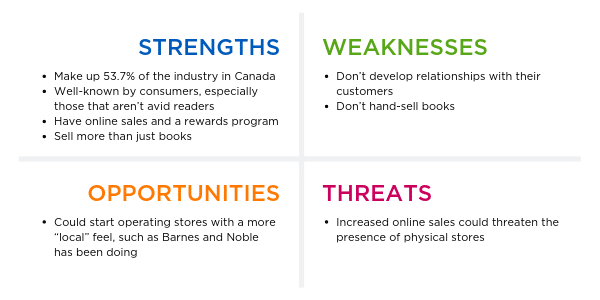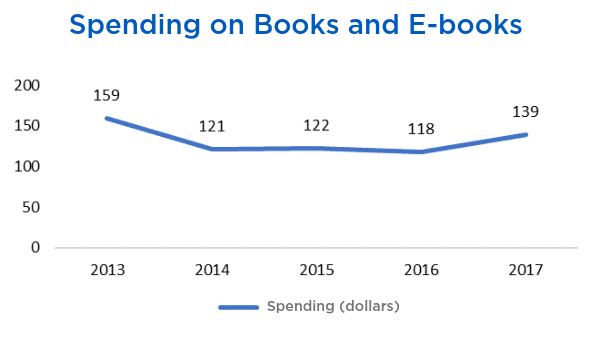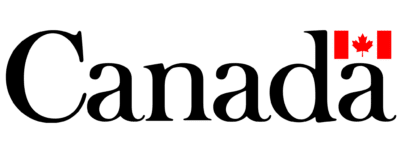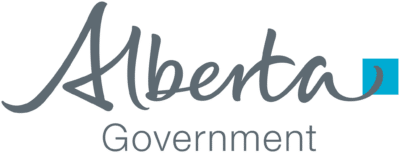Having a concrete business plan is a blueprint for your organization’s success, and an integral part of that business plan is market research. Business plan templates will often have a separate section for market research, or it may be blended into the marketing section.
What does the landscape look like?
When looking at the industry you’ll be operating in, you want to have a picture of where things have been and where they are going. Here are some key questions to address in this section:
- What has been happening in this industry over the last few years?
- What will happen in this industry over the next few years?
- What does the financial picture of the industry look like?
- What are the barriers to entry for the industry? (i.e., industry contacts/contracts needed, high financial cost, government regulations, etc.)
- What economic, technological or local trends affect the industry? (i.e., dependence on another industry, seasonality, etc.)
- What are the keys to success for this industry?
This kind of information may come on a national scale from secondary market research, which can be supplemented by doing primary market research locally. Where you can find information will depend on the industry that you’re in and how established or niche it is, but here are some ideas to get you started:
- Statistics Canada
- Financial Performance Data
- Industry magazines and blogs
- Industry associations
- Talking to others in the industry
- Your own experience in the industry
- Business Link databases—contact us to access our market research service
Who’s in the zoo?
No matter what your business does, there is always competition. People and businesses have limited time and dollars and may be meeting their needs with another company, or they may solve the problem themselves. Here are some ideas of what to include in this section:
- How many other businesses in your city/province do what you do? If you are an online business, are your customers still local or can you truly have a global reach and will you need to expand your search?
- If you and your competitors have physical locations, where are they all located? Consider creating a map.
- What are the strengths, weaknesses, opportunities, and threats for your company and your top 3–5 competitors?
Like industry information, data and insights related to competition can come from a variety of sources:
- Searching online business directories like Google, the Yellow Pages, industry associations, or the Chamber of Commerce
- Searching on social media
- Reading industry reports or local news articles
- Talking directly to consumers
- Talking to other business owners
- Your own experience in the industry
- Business Link databases—contact us to access our market research service
Who and how many will pay?
No business can be successful without customers willing to pay for the product or service. Here you want to think about what want or need you are fulfilling, and who you are filling that for. Look at finding some specific answers to the following:
- Are you targeting individual consumers, businesses, or both?
- If you are targeting consumers, what demographics or psychographics are important?
- Demographics: age, gender, income, family status, employment status and occupation, education, ethnicity, location
- Psychographics: interests or hobbies, behaviours, attitudes, beliefs, habits
- If you are targeting businesses, what characteristics are important?
- Industry, location, stage of business, size of business
- How do your potential customers currently have this need met?
- What is your target market looking for in such a product or service?
- How often do your customers purchase what you offer and what do they spend?
- How long does it take for your target market to make a purchase decision, and how do they make that decision (online reviews, word of mouth, etc.)?
When gathering information on your target market, it is very common to need to engage in primary and secondary research. Below are some options for filling in the blanks here:
- 2021 Canada Census or your local census
- Statistics Canada household spending data
- Talking to potential customers
- Talking to other business owners
- Business Link databases
Case Study
I would LOVE to start a bookstore, so that will be the example I use for the purposes of this blog. As I’m not at a point where I can actually start the store, I have not done any primary market research and have only done about 2 hours of secondary research, but I hope this gives you some inspiration for your own business! Some notes:
- Where primary market research is referenced (i.e., there is no linked source), I have made that up. Do not follow my example here for your own business … get out there and talk to people!
- Some secondary market research data was gathered from Business Link databases.
Keep in mind that no two market research sections of a business plan will look the same. The amount and type of information you can find secondarily will depend on your industry. Some businesses will need to engage in more primary market research.
Industry
IBIS World, in their April 2019 report on book stores in Canada, show industry revenues of $1.7 billion with 1,308 businesses operating across the country, with 8.7% of businesses located in Alberta. They show a decline in industry revenues from 2014-2019 of 2.8%, as well as a predicted decline from 2019-2024 of 2.3%. This is mainly due to competition from online retailers, who offer more affordable options. However, per capita disposable income and leisure time are expected to increase in 2019, representing potential opportunities for the industry. As well, as shown by the numbers, the decline is expected to slow down over the next few years.
According to Financial Performance Data from the Government of Canada, book stores and news dealers in Alberta had average yearly revenues of $415,000 during 2017. The smallest businesses had revenues of about $60,000. 75% of operators in the industry were profitable and 25% were not. These numbers are more promising than the industry across Canada, as the smallest businesses across the country had average revenues of about $54,000 and 72.5% of businesses were profitable. This shows that the industry in Alberta is more prosperous than across Canada.
To gain a better understanding of the local industry, I spoke to managers at 5 bookstores in the city, some of which sell new books and some sell used books. The overall consensus is that their business has remained steady over the past few years. They find that book lovers are still interested in having an in-store experience. As well, the independent stores serve a niche market, fulfilling special orders and profiling local or diverse authors.
Competition
According to Statistics Canada Business Register information from December 2018, there were 140 book stores and news dealers in the province at that time. As Kari’s Bookstore is operating in Edmonton, I will consider physical stores in Edmonton as competition. At this time, I am not considering booksellers that connect with customers strictly online as competition, as their target market is different than mine.
As shown by research from BookNet Canada in 2017, 19% of people purchase from Indigo/Chapters/Coles, 18% from Amazon, 9% from Walmart, and 8% from their local independent bookstore. While this research is specific to reading Canadian authors, it could be reflective of reading overall.
As shown by IBIS World, Indigo Books and Music Inc. make up 53.7% of the industry in Canada. They have 16 stores listed on their website in Edmonton. The Reference Canada database has 15 locations of Chapters, Coles, or Indigo listed in Edmonton. Sales estimates per store range from $429,000-$7,150,000, with an average of about $2,600,000. Another main competitor would be Audreys Books Ltd., which has been in operation since 1975. On the Reference Canada database, they were estimated to have sales of $2,145,000.
SWOT Analysis: Indigo Books and Music

Target Market
My target customers will reside in Edmonton, and more specifically the Oliver Square area. Surrounding neighbourhoods include Queen Mary Park, Downtown, Oliver, Westmount, and Glenora (postal code areas T5H, T5J, T5K, and T5N). According to PCensus and their 2019 estimate, there are 78,948 people that live in those areas. They estimate 32,461 people ages 25-44 live in those areas, which is my target age range.
As shown by IBIS World, people with higher incomes are more likely to frequent bookstores. For 2019, PCensus* estimates that 11,413 households in my target postal code areas have household incomes of $100,000 or more, out of a total 43,511 households.
As a local bookstore, my mission is to stock more local/Canadian books and those from diverse authors. In research completed by BookNet Canada in 2017 relating to Canadians reading Canadians, 44% of respondents had read a book by a Canadian author, compared to 24% in 2012. Furthermore, in 2017 33% of respondents were very interested in reading books by Canadian authors, compared to 23% in 2012. BookNet Canada also completed a study in 2018 on the demand for diversity when it comes to reading materials. 61% of underrepresented and 40% of well-represented readers were very interested or interested in reading BIPOC authors, and 62% of readers actively seek out books about diverse topics or experiences or by diverse authors.
Spending on books and e-books across Alberta has remained relatively consistent over the past 5 years, according to Statistics Canada household spending data. Average expenditure per household is shown below. PCensus estimates that the average expenditure per household in 2019 will be $106 for the chosen postal code areas.

I also engaged in some short surveys and interviews with potential clients. I talked to 100 people at LitFest 2018, which is a non-fiction festival in Edmonton. The majority of respondents visited a bookstore at least once a month and also engaged in online shopping. On average they would buy 2 books in a visit, spending $40-$50 a few times a year. They are interested in seeing books from local authors and also international authors.
Market research is critical in determining if your business idea is a good (and profitable) one. It’s important to consider the industry your business will be operating in, competition in the market, and who your target market is when undertaking market research for a business plan. If you’re still feeling unsure of where to start, we have a team at Business Link that specifically works on helping our clients with market research—connect with them today!





